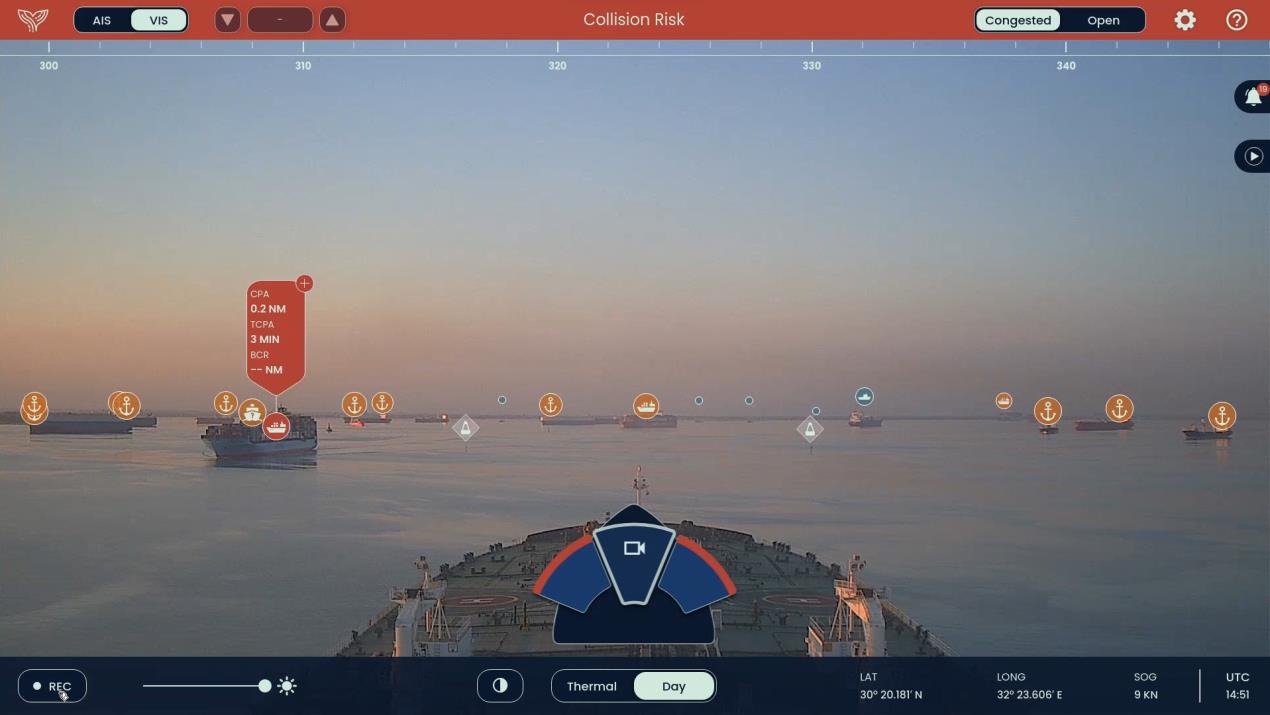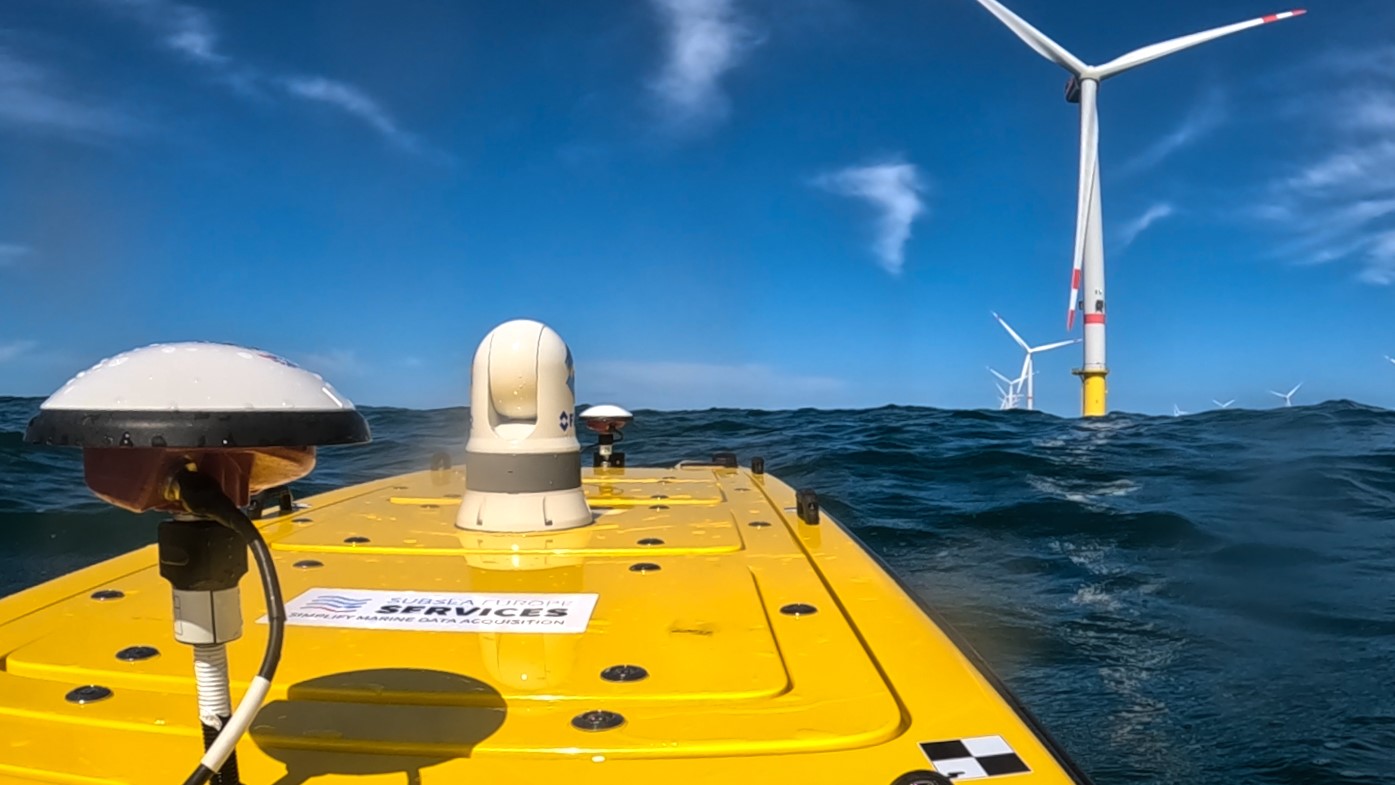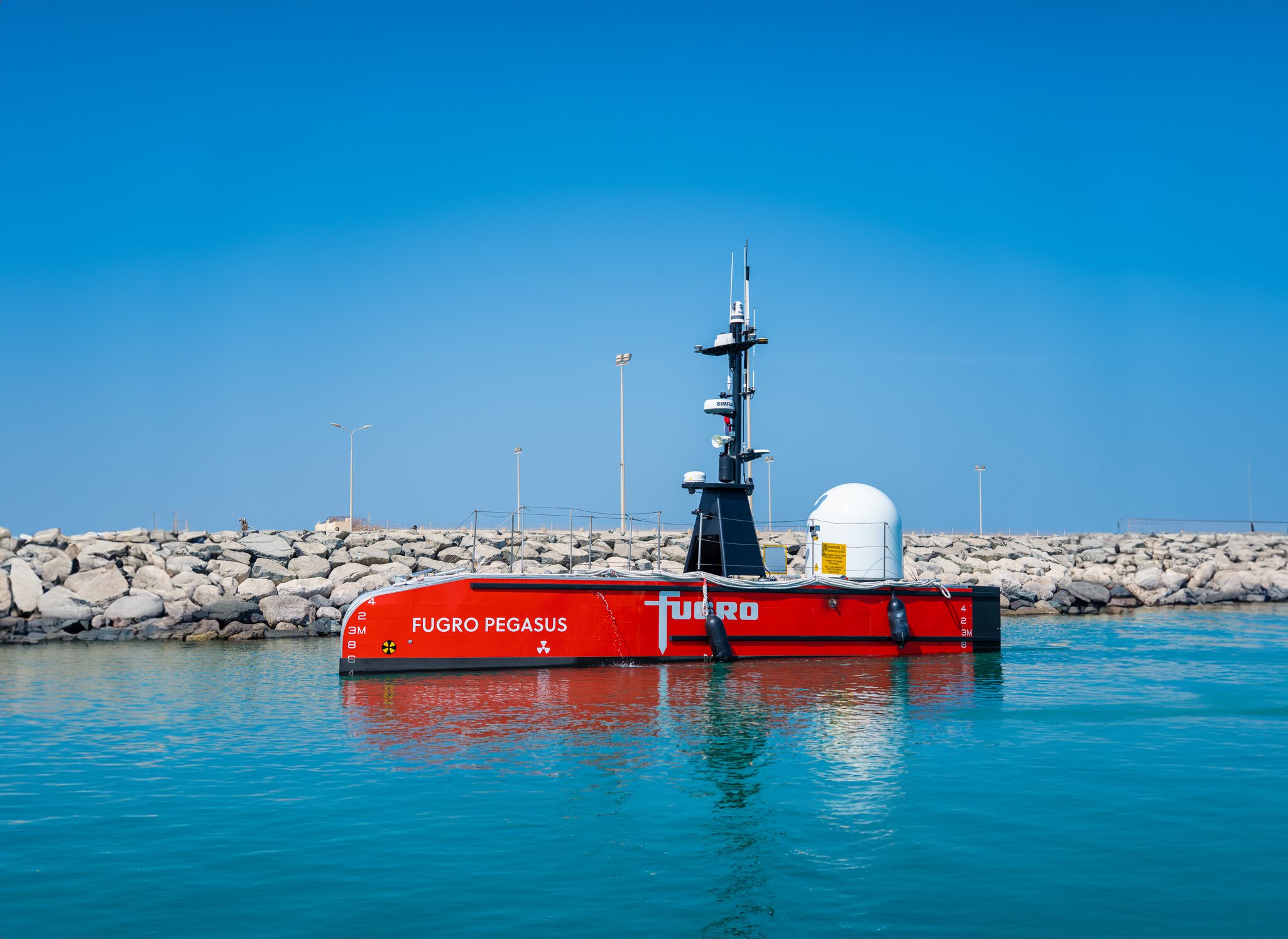The Port of Amsterdam has been testing drones to inspect incoming ships while the Port of Antwerp takes to the air, reports Brian Dixon
This past July, the Port of Amsterdam in the Netherlands conducted a week-long pilot trial of drone technology to gain more information and practical experience regarding the use of unmanned surface vehicles (USVs). Employing the Telemetron, a research vessel belonging to Norway’s Maritime Robotics, the Port put this rapidly evolving technology through its paces by using it to inspect the drafts of marginal ships seeking to pass through the Noordersluis lock in order to determine whether they first needed to be lightened or not.
To do this, the Telemetron (which, while controlled remotely, was nevertheless ‘manned’ for safety reasons) would take depth measurements from six points around a ship’s hull as well as water salinity readings using equipment supplied by Amsterdam-based Seabed. At the same time, and in conjunction with the Dutch Customs Office, the drone would also scan the hull with sonar.
“We absolutely consider the test a success,” says Port of Amsterdam project manager Joost Zuidema, revealing that further trials are being lined up for next year. “Our main goal was to gain knowledge and insight into the impact of this technology on our nautical operations and it was set-up, in close coordination with local and government parties, to maximise the knowledge gained. That said, this was just a first step in understanding the needs to accommodate aquatic drone technology and connected autonomous shipping in our port in the future. The next steps are being developed as we speak.”
Regarding the nature of the trials conducted, he states: “We chose this process not because our goal or expectation is to do these specific inspections with a drone in the future (although we cannot rule it out either). We chose this process and location because it enabled us to fully test and experiment with all the different elements of drone operations from a technical, process and judicial/regulations perspective. The results will hopefully lead to streamlined processes in our port in the future for drone use, making the Port of Amsterdam future-proof for accommodating drones [not only] in our own operations, but, importantly, also in the operations of our customers at the port.”
And when it comes to the potential for using drones, Zuidema notes that the possibilities are “theoretically endless” for both aerial and aquatic systems. “For USVs, the primary purposes that will be implemented first seem to be the inspection of infrastructure in our port and assistance in our nautical operations,” he says. Describing this latter application as providing “extra eyes on the water”, he reports that other uses being considered include the provision of assistance when responding to accidents; scanning port basin floors more frequently; undertaking “operations in dangerous environments”; and monitoring water and air quality. Furthermore, the logistical use of drones, both in terms of autonomous tugs and as a means of moving cargo, are also “being looked at”.
To achieve “a more structural deployment”, Zuidema identifies the need to “work together with relevant parties in the Netherlands”, including other port authorities and the Rijkswaterstaat (a branch of the Dutch Ministry of Infrastructure and Water Management) while also examining the commercial market. “We have sorted out most of the why and what; the how is most important for the short term,” he says. “For the types of USVs deployed now, rules and regulations to guide deployment and adoption are paramount. When we scale things up towards autonomous shipping, port infrastructure begins to play a more important role. With the involved parties, we are working towards strategies on this aspect as well.”
“As the Port Authority, we try to embrace innovations such as these, as the potential for us and our customers is pretty clear and has been for a while,” he states. “We take a role as both facilitator for the Port in general and actuator in terms of deploying drones ourselves. Technology is quickly [receding] as a hurdle for implementation and the focus is shifting towards topics such as rules and regulations and safety. We want our port to be friendly to technology and innovation, but responsibility and safety must be number one.”
Meanwhile, across the border in Belgium, the Port of Antwerp reports that last month it staged a number of tests, including an Open Day this past September 26, to demonstrate “the safety and economic viability of integrated [aerial] drone traffic in a challenging environment”. These trials, it notes, were conducted in tandem with the Safe and Flexible Integration of Initial U-space Services in a Real Environment (SAFIR), a consortium of private- and public-sector bodies of which it is a member along with Amazon Prime Air, Aveillant, C-Astral, DronePort, Elia, Explicit, Helicus, Proximus, SABCA, Skeyes, Tekever and Unifly.
“As a port authority, we want to be the regulator on land, on the water and in the air,” says Erwin Verstraelen, the Port of Antwerp Authority’s chief digital and innovation officer. “Our goal is to have a network of autonomous drones for a live feed of the various port activities – a useful tool for the entire port community. SAFIR is not the end but the beginning of the realisation of this goal. Our participation in the SAFIR consortium confirms that the Port is the ideal environment to test and mature innovative tech, not only for drones, but also for autonomous shipping, smart cameras and sensors.”


































